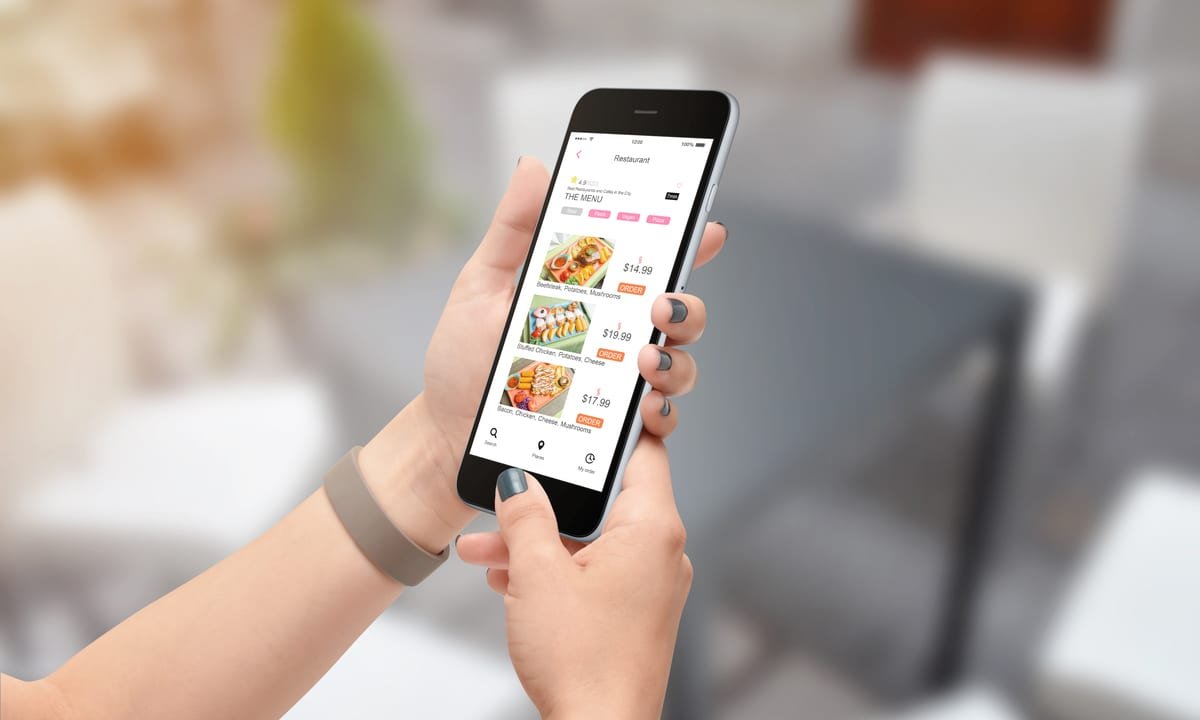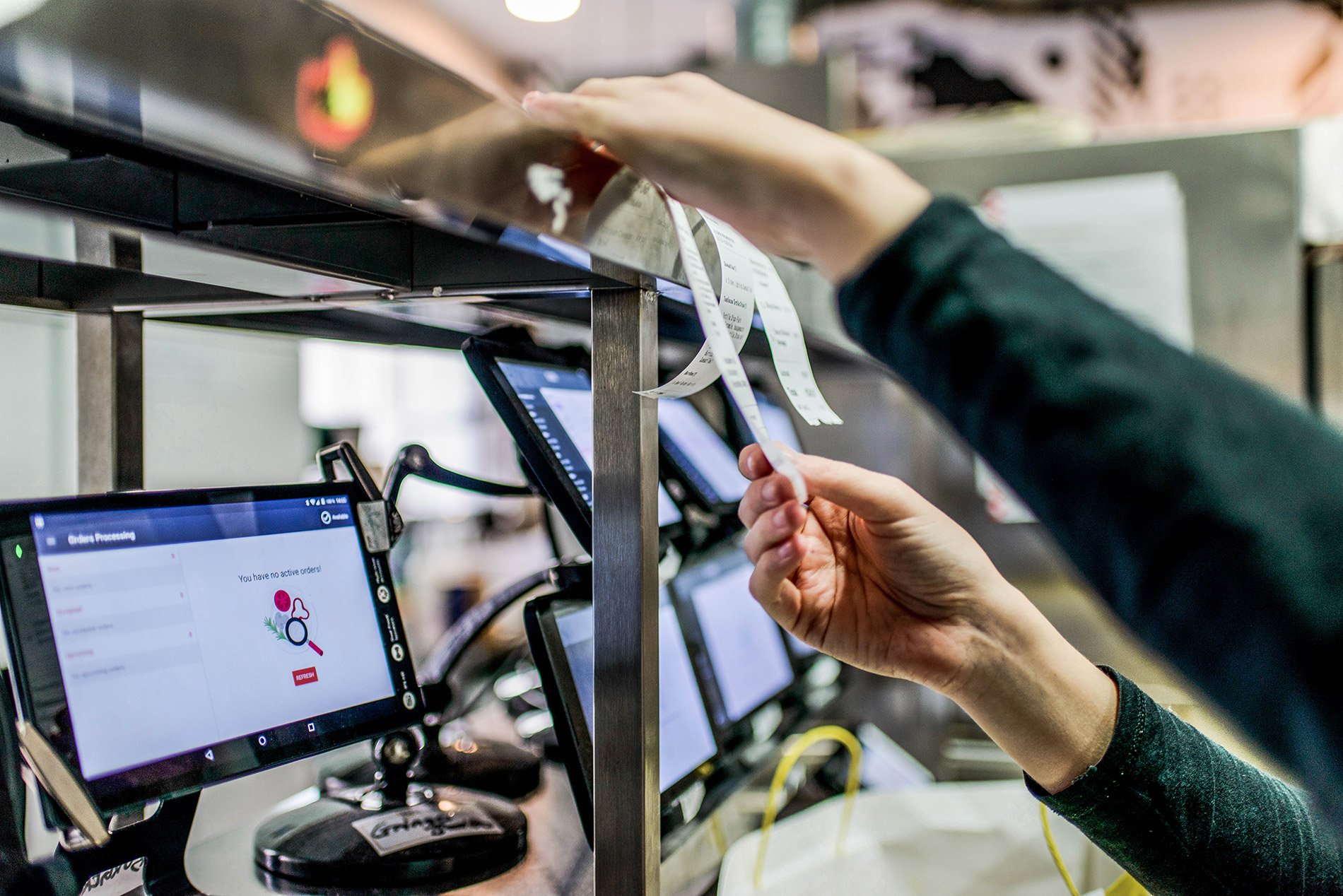Leverage text messaging to drive customer engagement
TEXT MESSAGING is now the most common form of written communication for those in the 15-24 age group – the Millennials who comprise a big chunk of your potential customer base.
Current research suggests they read more than 90 per cent of the text messages they receive – usually within minutes. In contrast, marketing sent via email is now only read about 10 per cent of the time.
So it makes good sense to utilise texts to reach out directly to your customers – bearing in mind you require both their mobile numbers and their permission to do so. This can be provided as a condition of placing an order with you via an online order platform, as well as by encouraging sign-ups to loyalty programs on your website, in your establishment and via social media. In this way you can start building up a database of customer contacts, and leverage text messaging to drive deeper customer engagement. Here are a few suggestions:
Offer one-off deals during quieter periods
Boost customer numbers by texting regulars to come in and enjoy a half-priced drink, two-for-one side or other meal deal.
Send customers their own unique discount code
You can do this yourself or utilise a text marketing service to send out a unique code per customer which they redeem once within a limited time period as a further incentive to act fast.
Reward customers on their birthdays
As part of your loyalty program signup you should ask customers to provide their date of birth, so you can then reward them with a text invitation to a free birthday treat – such as a free drink with their meal or a free dessert of their choice.
Remember to send these texts in advance of the actual birthday so the customer has time to make plans and book.
Drive engagement via competitions
A chance to win a prize is a terrific way to get customers’ attention and encourage responses. And if it’s a prize that’s only redeemable by ordering from your menu, that’s a win-win for the customer and you! Try a text like “First 5 responses to this message win a free large bottle of soft drink with your next takeaway pizza order”.
Build customer loyalty by imparting community-based information
You don’t always have to send texts that directly relate to business promotions. Another way to engage with customers is to provide other useful information snippets such as about your business’ participation in local events like food fairs and street carnivals or even to support worthy causes in the community. This helps build customer loyalty by showing your commitment as a good corporate citizen.
Trends to watch for in 2022
ONLINE DELIVERY SET TO ACCELERATE
Expected to reach 4.6 million users by 2025
MEAT-FREE MENU OPTIONS
42 per cent of Australians are either reducing how much they consume or cutting it out completely.
SUSTAINABLE, LOCALLY SOURCED
Eco-friendly and sustainable processes are in demand from more than 90 per cent of the population.
CONTACTLESS ORDERING BOOSTS SALES
Research shows customers ordering via QR code at the table are spending on average 25 per cent more.
Insights
The rise of contactless ordering
ORDERING AND PAYING at the table without making contact with wait staff is on the rise, thanks to new contactless ordering apps typically hosted on your customers’ phones which they can access via tabletop QR codes. Not only is this faster and more convenient for your customers, it’s also beneficial to your business – especially given the current staff shortage issue.
Contactless ordering is particularly helpful given the current challenges around staff shortages – as you don’t need anyone taking orders, you can operate with fewer front of house staff, and those you do have can be freed up to focus on tasks like stock management, liaising with the kitchen and providing personalised customer service post-ordering.
Another benefit of contactless ordering and payment is that it speeds up the whole order turnaround time. And the faster you can fulfil each customer order and take payment, the more covers you can fit in per service period – increasing turnover and therefore boosting profit.
One of the most popular phone apps which delivers contactless ordering and payment functionality is Australian designed and built Me&U. This allows customers to order and pay via their phone at the table and includes the ability to split the bill without involving front of house staff, while also removing the need to queue to pay.
With your menu hosted on the app, it’s also possible quickly update customers when an item has sold out, or if the wait time is going to be longer than usual for a particular dish due to kitchen backlog. The app even suggests order add-ons like side dishes and drinks and can prompt customers to leave tips – you can suggest the amount or leave it to the customer to decide.
Market research now suggests that as much as 80 per cent of ordering and payment will be contactless by 2024 – so there’s no time like the present to start investigating contactless payment systems and how they can benefit your business!
Perfect Solutions
The pros and cons of ‘dark kitchens’ – how might they impact your business?
‘DARK’ OR ‘GHOST’ KITCHENS are set to make the already crowded foodservice market even more competitive – but it’s not all bad news. While some perceive them as a threat to traditional outlets, others see in this new business model a potentially lucrative opportunity.
A dark or ghost kitchen is somewhere food is prepared for distribution to customers without any on-site branding or street presence. It’s not a dine-in venue nor a takeaway – food is prepared there solely to fulfil orders taken online, using the home delivery method.
The threat to the traditional market comes from the fact that dark kitchens don’t need a storefront, so they typically operate with cheaper rent and fewer overheads – making them able to undercut other foodservice outlet prices.
And because they’re not branded, they have more flexibility in being able to pivot to different cuisine styles and menus and can respond faster to changing customer tastes. This presents a competitive challenge to the traditional takeaway or home delivery business.
Of course, you could also see the dark kitchen as an attractive new business model which your own business could move to in order to reduce your overheads and give you more opportunities in the marketplace. Some forward-thinking foodservice operators have been quick to incorporate dark kitchens within their existing restaurants – creating a separate brand/menu with a dedicated pick up area and/or delivery only service. For example you could expand your existing restaurant, bistro or pub dining service by setting up a separate pizza delivery or pick up business using a new brand which is set apart from your existing offering.
Like any foodservice business, dedicated dark kitchen operations come with their own set of challenges: the obvious one is the lack of a bricks and mortar premises with which to engage with consumers and drive sales. Another is the cost of online delivery services and the lack of control over the condition of your food by the time it reaches customers, especially when you’re relying on a third party delivery platform.
So there are pros and cons, and it’s early days yet for these relative newcomers to the market. Deliveroo currently operates two delivery-only kitchens in Melbourne, providing cooking equipment and infrastructure for a variety of business owners, with commission paid on orders in lieu of rent of the premises. This frees restaurateurs and chefs up from worrying about logistics so they’re able to focus on what they do best – the food. Unsurprisingly, interest in this new business model has grown since Melbourne’s last lockdown, says Deliveroo’s Tim Talbot.
Given the growth of the home delivery market – now estimated at $800 million a year – it seems clear that dark kitchens are here to stay. And with the growth of the ‘shared kitchen’ model like the above set to drive down operating costs, the profit potential is likely to rise exponentially – as hosting multiple kitchens across one site will enable economies of scale that individual foodservice outlets won’t be able to match.
Sign up today to receive the FREE Club Perfect ON MENU E-newsletter










